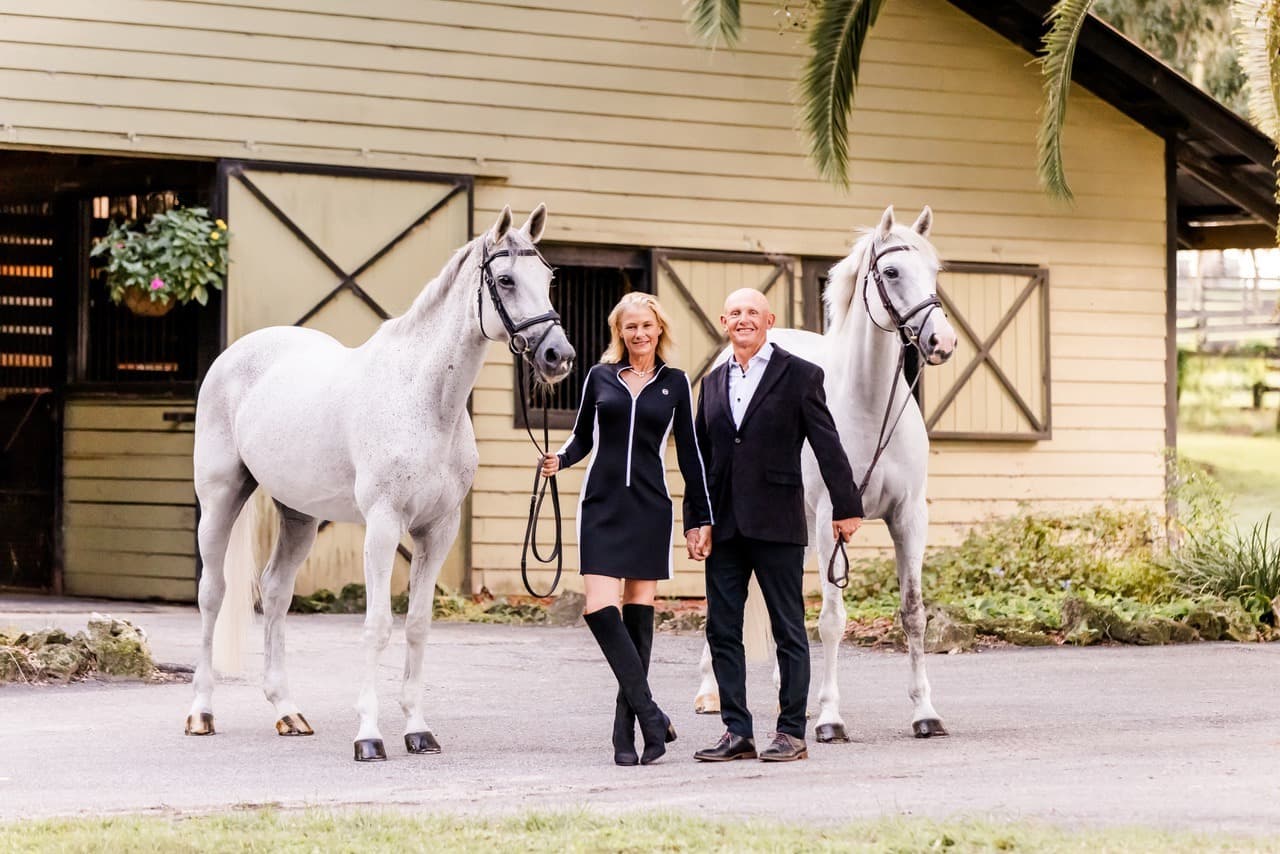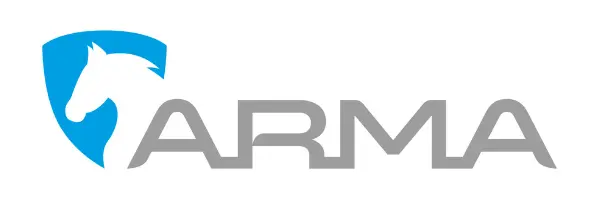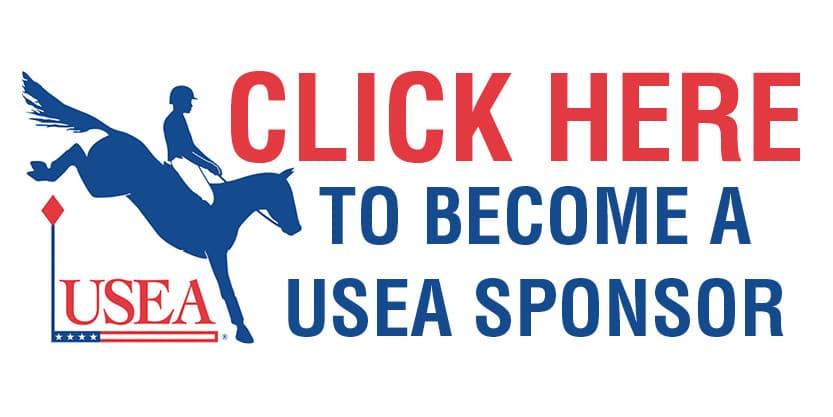Helmet Safety Initiative Is On Track for Fall 2022 Completion

In December of 2020 the USEA was pleased to share that thanks to the collaborative efforts of the USEA, USEF, USHJA, and Jacqueline Mars, the funds had been raised to meet the $450,000 goal for the critical research attributed to the STAR Helmet rating project for equestrian sport. Facilitated by Virginia Tech University, which has been striving to provide unbiased helmet ratings to allow consumers to make informed decisions when purchasing helmets for a multitude of sports since 2011, the STAR helmet ratings identify which helmets on the market best reduce concussion risk. You can view the research promotional video here.
Dr. Barry Miller, the Director of Outreach and Business Development for the Virginia Tech Helmet Lab shared an update on the project’s status as of February of 2022: “The Equestrian STAR Helmet research project is well underway with Phase 2 completed. We collected on-field data this past fall with head impacts to sand and dirt surfaces under several test conditions that were based on 100 recorded equestrian falls. We used five equestrian helmet samples, along with a bare head, and a control helmet for comparisons. This provided a very robust data set to inform and proceed to Phase 3, the final phase. We are on target to release the initial helmet ratings this coming Fall of 2022.”
The Virginia Tech Helmet Lab has a dedicated space for the research and testing of equestrian helmets which utilizes state-of-the-art equipment such as the NOCSAE Testing Head Form and Hybrid III Neck to give realistic fit, feel, and observations for impact. They also created a portable pendulum that could be used during field studies on various surfaces that impact those involved in equestrian sports such as sand and dirt.
As Dr. Miller mentioned, the team has studied over 100 videos of equestrian falls to determine key risks for helmet safety measurements such as drop height and impact location. One interesting statistic found during this initial review of rider falls is that in 73% of cases, the rider is able to minimize the impact of their fall by grabbing onto their horse. The remaining 27% are considered high impact falls where the rider is unable to manipulate the impact energy associated with their fall.
When the Phase 2 field trials were initiated, researchers tested against a variety of equestrian helmets, in addition to a football helmet, and bare head example. The head form attached to the portable pendulum was tested on both sides of the head form for each helmet, as well as the back and front at both the medium and high velocity of impact determined from reviewing rider footage.
Phase 3 will be dedicated to finalizing lab testing to match field testing and taking the results from field testing to create the STAR Helmet rating for equestrian helmets.
Learn more about the current status of the project in the video below:














